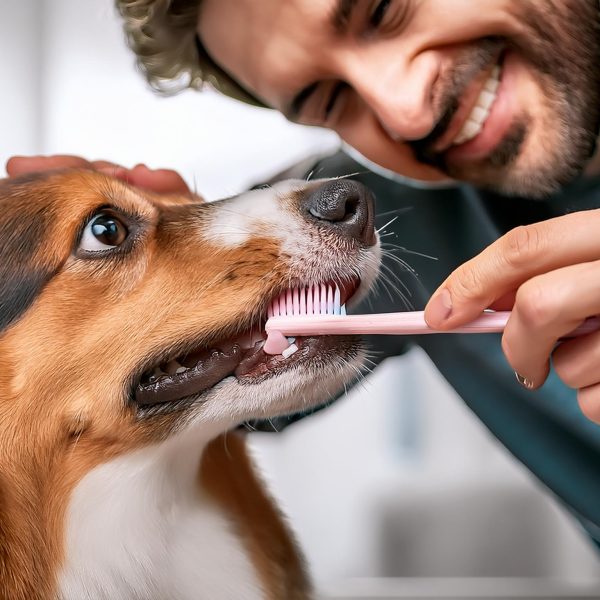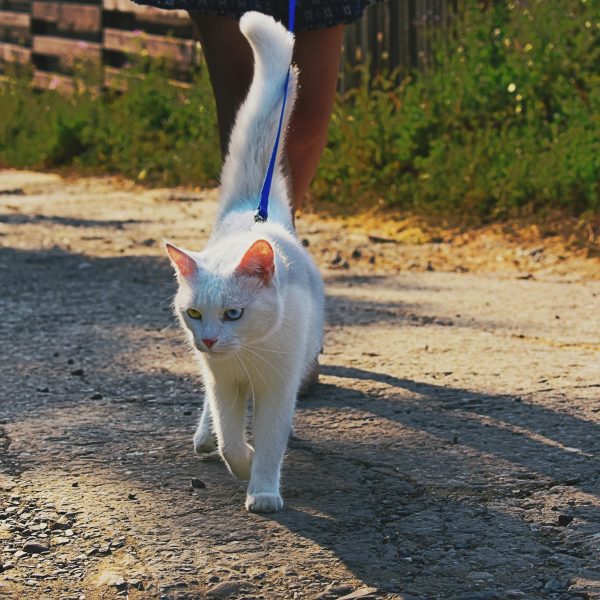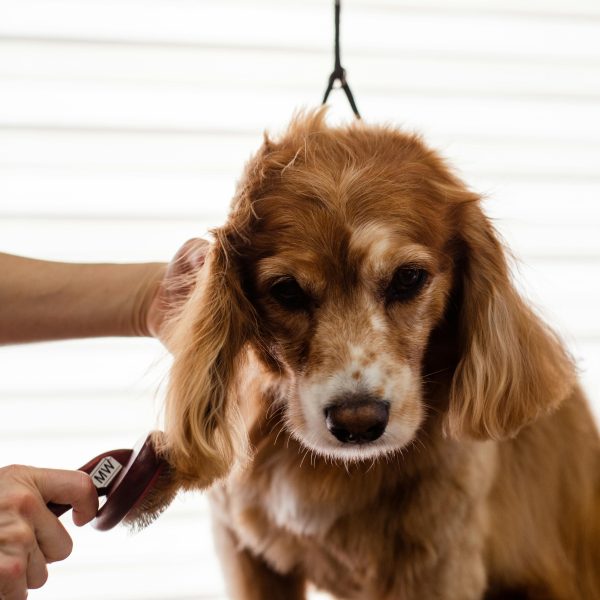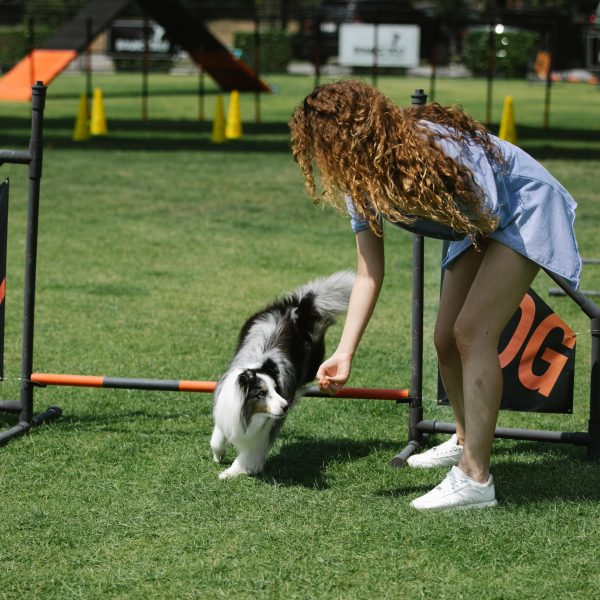In recent years, do-it-yourself (DIY) pet grooming has gained popularity among pet owners for various reasons, including cost savings, convenience, and the opportunity to bond with their furry companions. While professional grooming services offer expertise and convenience, many pet owners find satisfaction and joy in grooming their pets at home. With the right tools, techniques, and patience, at-home pet grooming can be a rewarding experience for both pet and owner. In this guide, we’ll explore easy steps for DIY pet grooming sessions to help keep your furry friend looking and feeling their best.
1. Prepare Your Workspace: Before beginning the grooming session, gather all necessary supplies and set up a designated grooming area. This area should be well-lit, easily accessible, and equipped with non-slip surfaces to ensure your pet’s safety and comfort. Lay out grooming tools such as brushes, combs, scissors, and nail clippers within reach.
2. Brushing: Regular brushing is essential for maintaining your pet’s coat health and preventing mats and tangles. Begin by gently brushing your pet’s fur using a suitable brush or comb for their coat type. Brush in the direction of hair growth, starting from the head and working your way down to the tail. Be sure to pay attention to areas prone to matting, such as behind the ears, under the arms, and around the tail.
3. Bathing: If your pet requires a bath, choose a pet-safe shampoo and lukewarm water. Before bathing, brush out any tangles or mats to prevent them from becoming worse during the washing process. Wet your pet thoroughly, avoiding the eyes and ears, and apply shampoo according to the product instructions. Gently massage the shampoo into your pet’s fur, then rinse thoroughly to remove all traces of soap.
4. Drying: After bathing, use a towel to gently pat your pet dry, removing excess water from their coat. If your pet is comfortable with the noise, you can use a hairdryer on a low heat setting to speed up the drying process. Be sure to keep the dryer moving and avoid directing hot air directly at your pet’s skin to prevent burns.
5. Trimming Nails: Regular nail trimming is essential for your pet’s comfort and mobility. Use pet-specific nail clippers to trim the tips of your pet’s nails, being careful to avoid cutting into the quick, which contains blood vessels and nerves. If you’re unsure where the quick is located, only trim small amounts of the nail at a time until you see a pinkish area – this indicates you’re nearing the quick.
6. Ear Cleaning: Check your pet’s ears regularly for signs of dirt, wax buildup, or infection. Use a pet-safe ear cleaning solution and cotton balls to gently wipe the outer portion of your pet’s ears, being careful not to insert anything into the ear canal. If you notice any redness, swelling, or discharge, consult your veterinarian for further guidance.
7. Brushing Teeth: Maintaining good oral hygiene is vital for your pet’s overall health. Use a pet-specific toothbrush and toothpaste to brush your pet’s teeth regularly, ideally at least two to three times per week. Start slowly, gradually introducing your pet to the toothbrush and toothpaste to make the experience more enjoyable for them.
8. Final Touches: Once you’ve completed the grooming process, take a moment to inspect your pet’s coat, nails, ears, and teeth for any remaining issues. Trim any stray hairs or uneven patches with scissors, and give your pet plenty of praise and treats for their cooperation during the grooming session.
9. Consistency is Key: Regular grooming sessions are essential for maintaining your pet’s overall health and wellbeing. Establishing a grooming routine and sticking to it will not only keep your pet looking and feeling their best but also strengthen the bond between you and your furry friend.
10. Know When to Seek Professional Help: While DIY grooming can be a rewarding experience, there are times when professional assistance may be necessary. If you encounter any grooming challenges or notice any unusual changes in your pet’s appearance or behavior, don’t hesitate to seek guidance from a qualified veterinarian or professional groomer.
In conclusion, DIY pet grooming can be a fulfilling and beneficial activity for both pet owners and their furry companions. By following these easy steps and practicing patience and care, you can help keep your pet looking and feeling their best while strengthening the bond between you and your beloved companion.








